THE HALAL GUYS - Itaewon Branch (할랄가이즈 이태원)
3.0Km 2021-03-30
187, Itaewon-ro, Yongsan-gu, Seoul
+82-2-794-8308
As a place that sells American Halal foods, it is recognized even in Itaewon, where there are many foreigners. This Western dishes restaurant is located in Yongsan-gu, Seoul. The most famous menu is sandwich.
Cheongwonsanbang Studio (청원산방)
3.0Km 2019-10-02
27, Bukchon-ro 6-gil, Jongno-gu, Seoul
+82-2-715-3342
Located in Samcheong-dong and established in 1981, Cheongwonsanbang Studio is an art studio by Sim Yong-sik (Intangible Cultural Property designated by City of Seoul). He works on various traditional windows and doors with his students, promoting them in Korea and other countries. Doors and windows with beautiful patterns are all over the place in this studio: doors that can hang against a wall, windows decorated with cherry blossoms, comb-patterned windows and so many more. Visitors can also enjoy beautiful crafts in various exhibition events.
Hyangnamu Tree in Changdeokgung Palace (창덕궁 향나무)
3.0Km 2025-01-13
99, Yulgok-ro, Jongno-gu, Seoul
+82-2-3668-2300
Hyangnamu or 'Aromatic Tree' in Changdeokgung Palace is estimated to be about 700 years old, meaning it had likely been planted before the palace was built. It stands 12m in x_height, measures 5.9m in girth around the roots, and has branches spreading in all four directions. It is designated and protected as a National Natural Monument.
BUA (부아)
3.0Km 2021-03-19
9, Bogwang-ro 59-gil, Yongsan-gu, Seoul
+82-2-792-3340
A restaurant frequently featured in programs on Korean delicious dishes. Bua, meaning a lotus in Thai, features authentic Thai cuisine. The best menu at this restaurant is som tam. This is a Asian restaurant located in Itaewon, Seoul.
Cheongwadae Sarangchae (청와대사랑채)
3.0Km 2025-07-18
45 Hyoja-ro 13-gil, Jongno-gu, Seoul
+82-2-723-0300
Cheongwadae Sarangchae is an “open cultural space” for everyone. Throughout the facility, travel library-themed spaces and tourism-related exhibitions are set up providing distinctive experiences for visitors interested in learning more about Korea. By exploring Cheongwadae Sarangchae and its surroundings, visitors can expand their discovery and get a deeper insight as they travel Korea. Cheongwadae Sarangchae consists of exhbition halls on the first and second floors, with convenient amenities such as a nursing room, storage lockers, accessible restrooms, a gift shop, and a cafe.
Jonny Dumpling (쟈니덤플링)
3.0Km 2021-03-29
5, Bogwang-ro 59-gil, Yongsan-gu, Seoul
+82-2-790-8830
It is a restaurant famous for its half-moon-shaped grilled dumplings. The best menu at this restaurant is pan-fried dumpling. This Korean dishes restaurant is located in Yongsan-gu, Seoul.
Haemul Saryeongbu (해물사령부)
3.0Km 2021-03-19
10, Jong-ro 31ga-gil, Jongno-gu, Seoul
+82-2-763-8882
Blowfish broth is used for all dishes. The representative menu is braised beef short ribs and seafood/braised spareribs and seafood. This is a Korean cuisine located in Jongno, Seoul.
Sujeong Pharmacy [Tax Refund Shop] (수정약국)
3.0Km 2024-04-22
1F, 195, Jangchungdan-ro, Jung-gu, Seoul
-
Supsok Hanbang Land (숲속한방랜드)
3.0Km 2024-03-18
75-7 Bongwonsa-gil, Seodaemun-gu, Seoul
Jjimjjilbang, a Korean-style sauna that combines a traditional bathhouse with a hot steam room, is often ranked high among the unique experiences in Korea chosen by foreigners. Taking a steam bath in a charcoal kiln discharges waste products from the skin through sweat and eliminates accumulated fatigue. Supsok Hanbang Land has several charcoal kilns for different temperatures. Using them in order from low to high-temperature rooms is good, but the highest-temperature room, “Kkottang,” has a risk of causing skinburn, so visitors are advised to wear socks and cotton gloves to enter the room. Another unique experience is to grill sweet potatoes or rice cakes on the brazier in front of the charcoal kiln.
Olive Young - Sinyongsan Station Branch [Tax Refund Shop] (올리브영 신용산역)
3.0Km 2024-04-17
#101, and #102, 95, Hangang-daero, Yongsan-gu, Seoul
-
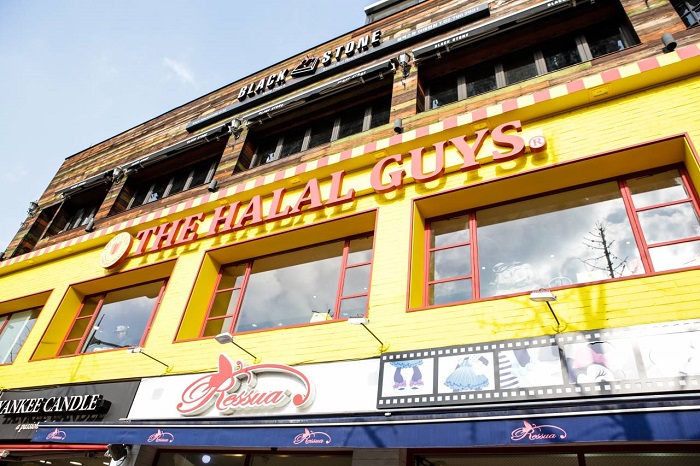
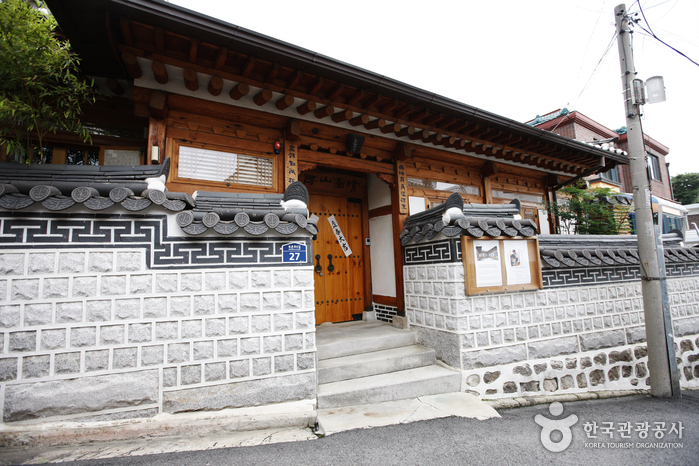
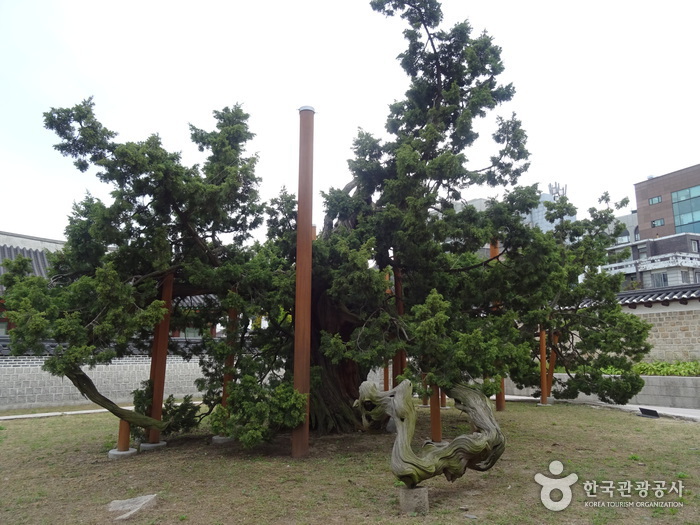
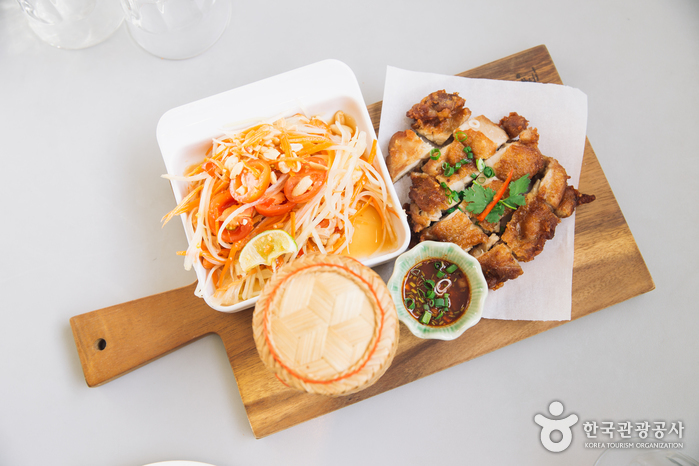
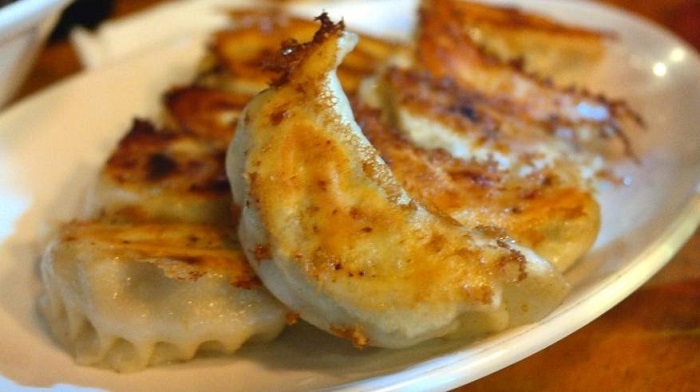
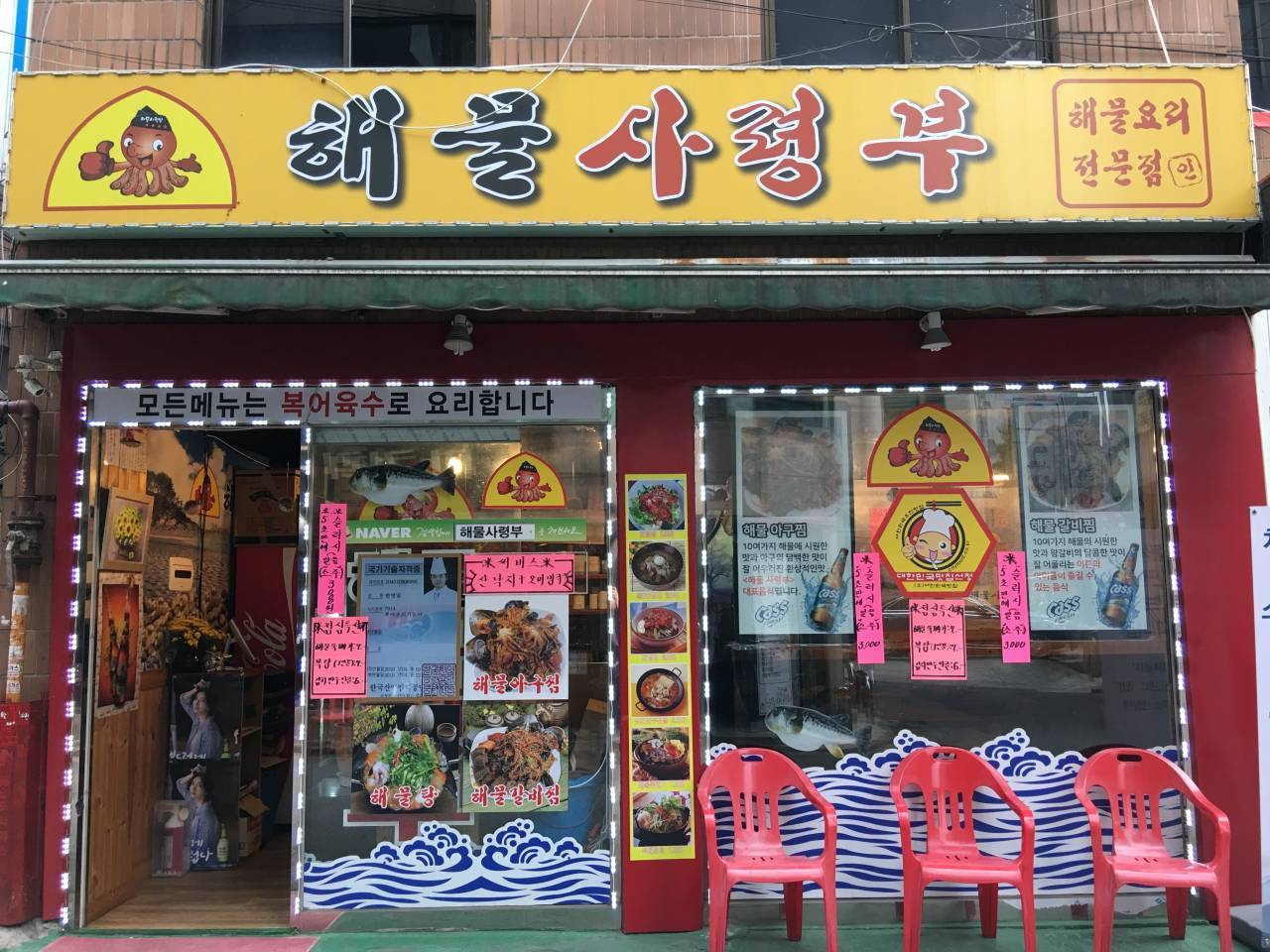
![Sujeong Pharmacy [Tax Refund Shop] (수정약국)](http://tong.visitkorea.or.kr/cms/resource/57/2878757_image2_1.jpg)
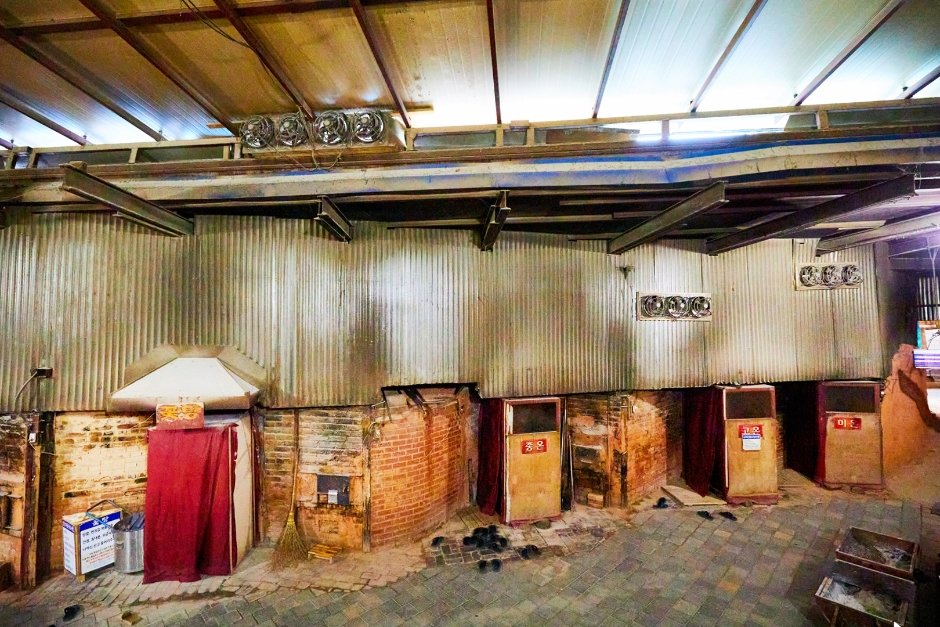
![Olive Young - Sinyongsan Station Branch [Tax Refund Shop] (올리브영 신용산역)](http://tong.visitkorea.or.kr/cms/resource/95/2888195_image2_1.jpg)
 English
English
 한국어
한국어 日本語
日本語 中文(简体)
中文(简体) Deutsch
Deutsch Français
Français Español
Español Русский
Русский